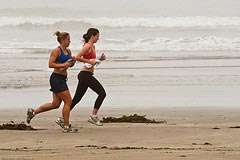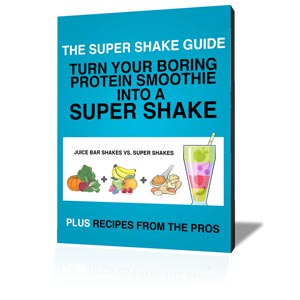Cardio. It’s everyone’s go-to solution for fat loss. Hours are spent walking on treadmills and in parks every day in an effort to lose weight.
I’m going to say something that many may disagree with but here it goes.
The Fit Truth: Walking doesn’t cut it for fat loss.
The 2nd Key to Real Fitness is doing high intensity cardio.
Walking is good for lots of things. It’s good for your cardio respiratory system and it certainly burns some calories. And I absolutely don’t want to discourage anyone from getting up and moving. Moving is always preferable to doing nothing. Moving is good for the body. But it doesn’t cause your metabolism to sizzle the way some serious high intensity cardio does.
I define high intensity cardio as a cardio respiratory workout that increases your heart rate to the vigorous intensity zone, a heart rate above 70% of age adjusted estimated max or you can’t get out more than a couple of words without taking a breath (the talk test), that aren’t sustained for a long period of time. This definition includes a variety of activities, such as:
- Fartlek training or sprints for runners
- Walking with running intervals for beginners
- KB swings with rest periods in between each set
- Running stadium stairs
- Mini circuits of calisthenics
Also please keep in mind that high intensity is relative. If someone is carrying an extra 100 lbs on their frame and hasn’t exercised since high school gym class, walking very briskly may indeed by a high intensity workout. They may only be able to do it for few minutes to start, resting before the next bought. So walking in the beginning may be appropriate for some. But if you keep doing it, it won’t be for long.
The goal is to push your body out of its comfort zone. I want you to do this for 2 reasons:
- Your body is smart and adapts quickly. It will figure out how to achieve any task in the most cost efficient way possible after only a few times.
- The body likes to remain in a state of homeostasis, keeping everything in its same normal steady state. If you create a disturbance, the body works after the disturbance to bring everything back to normal. The more of a disturbance you create the more energy it takes to bring things back to normal. Hence, the afterburn effect.
Your Action Steps:
- Determine if you are going to add your high intensity cardio to your workout on strength days or do it as a standalone workout on alternating days.
- Choose an activity (or activities) and purchase equipment if needed (things like a jump rope, kettlebell or interval timer).
- Commit to at least 2 sessions a week of high intensity cardio. Start with 4-5 minutes. Work your way up slowly. Sessions shouldn’t be longer than 30 minutes and can be as short as 10 minutes depending on the activity.
- Steady state, moderate intensity activity can follow the high intensity period if desired. For example, if you ran stadium stairs for 10 minutes and like running, you can follow up with a regular run.
Now you’ve got the foundation of your exercise plan.
Exercise is important but, when it comes to fat loss, nutrition is what makes or breaks your results. Next week, I’ll share the most important first step for my all-star clients when it comes to their nutrition and their success.
See all articles in the series The Fit Truth.



